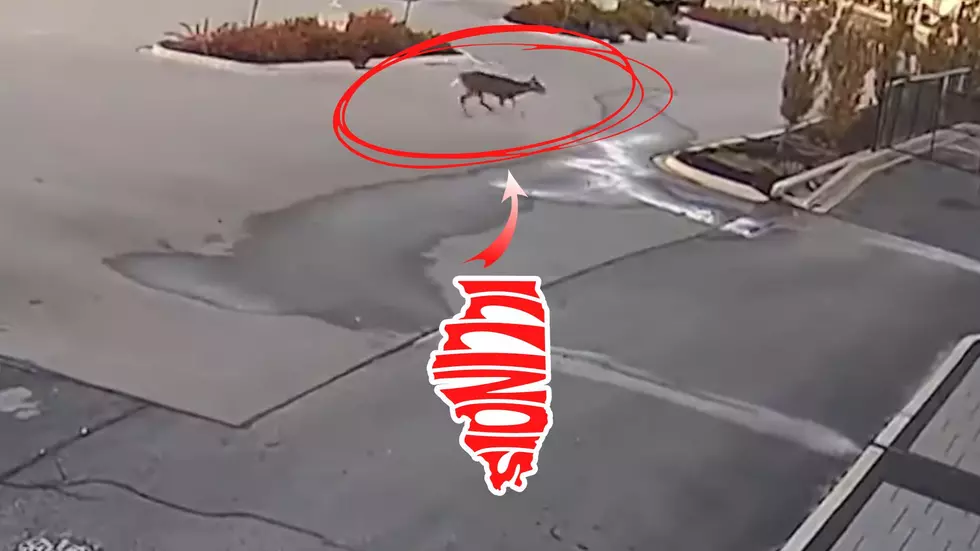
It’s Watch for Deer Time In Kentucky
The Kentucky Transportation Cabinet and Kentucky State Police are reminding motorists that vehicle-deer collisions take a quick upturn as the fall crop harvest and mating season combine to put deer on the move.
“Our highway crews normally notice significant jump in the number of deer killed along our highways starting the first few weeks of October and continuing through
December,” said KYTC District 2 Chief Engineer Kevin McClearn. “About half of
all deer-vehicle collisions are reported during the last quarter of the year
when deer are on the move.”
Cooler evenings and shorter days kick in the fall mating season, making deer more
active at times when they are least visible. Trooper Corey King with Kentucky
State Police Post 16 at Henderson reports most auto collisions with deer occur
just before sunrise or just after sunset.
“It is no surprise that the state police see an increase in deer related collisions around this time of year,” Trooper King said. “Our crash numbers double and at times triple in the months of October and November before declining in late-December. We are asking motorist to be extra vigilant as they are traveling during the morning and evening hours as deer move more during these times. If you see a deer crossing the highway in front of you, slow down. It is likely others will be crossing in the same area.”
According to the National Highway Traffic Safety Administration (NHTSA), about 150 people are killed across the nation each year in motor vehicle accidents involving deer, making deer responsible for more human deaths that almost all other animals combined.
Numbers for 2011 indicate there have already been 2 fatalities attributed to deer in
Kentucky as of October 1st. In 2010 there were 3,106 total collisions with deer reported in Kentucky, resulting in four fatalities and 166 injuries. That compares with 2009 when 3,031 total collisions with deer were reported in Kentucky, resulting in one fatality and 176 injury crashes. Police ask motorists to report all collisions with deer to help highway safety officials maintain accurate records.
Multiple factors combine to contribute to deer-related crashes this time of year:
- · Mating season puts deer on the move.
- · Crop harvest reduces food supply and hiding places.
- · More farmers, hunters, and hikers are in the countryside coming into contact with deer and causing them to move about.
- · Deer tend to move at dawn and dusk when visibility is low.
Motorists should consider these driving tips to help improve their personal safety:
- · Always wear a seatbelt.
- · Drive defensively, constantly scanning the roadside (especially at dusk).
- · Slow down immediately when you spot a deer. Proceed slowly until you are past the point where deer have crossed.
- · Don’t swerve to avoid a deer. Stay in your lane. Swerving can result in a more serious crash with oncoming traffic.
- · In the event of a crash, keep both hands on the wheel and brake down steadily.
- · Report any deer collision, even if the damage is minor.
While deer tend to travel along fairly predictable trails most of the year, during the
fall mating season they can show up in commercial and residential areas. In
some counties, state highway crews remove up to 50 deer carcasses a week from
mid-October until the mating season trails off around the first of the year.
More From WOMI-AM



![Beautiful Albino Deer Spotted in Southern Indiana [PHOTO]](http://townsquare.media/site/71/files/2022/11/attachment-Albino-Deer.jpg?w=980&q=75)





